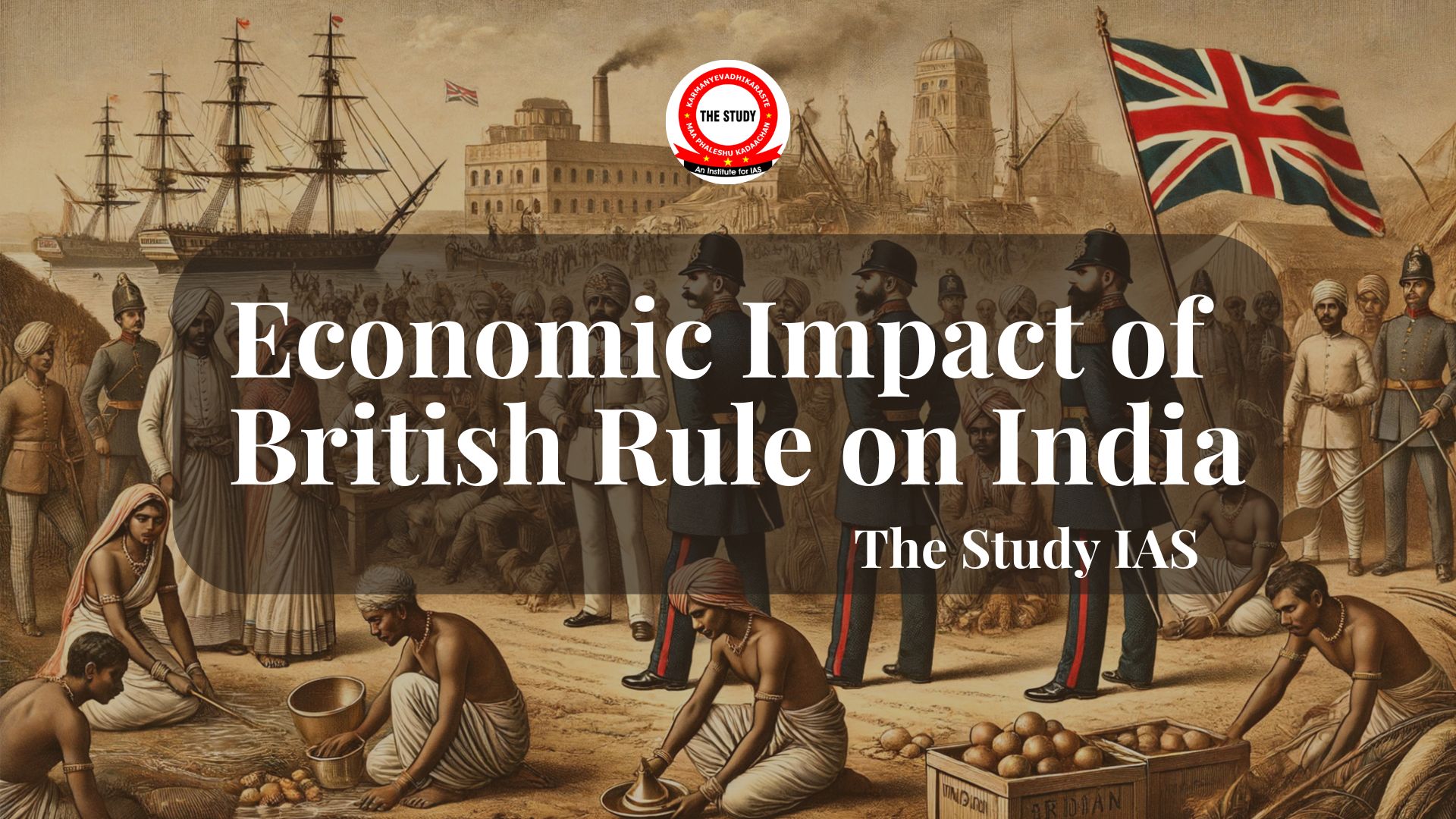Font size:
Print
Kalaripayattu
Context:
Ministry of Youth Affairs & Sports Recognises Kalaripayattu Federation of India for Promotion of Kalaripayattu in Country.

Overview of Kalaripayattu:
Origins and Significance:
-
-
- Kalaripayattu, often shortened to Kalari, is an ancient Indian martial art from Kerala, considered one of the oldest surviving martial arts in the world.
- It is believed to have originated around the 3rd century BCE, as mentioned in the Vedas.
- The term combines “Kalari” (battlefield) and “payattu” (to fight or exercise), emphasising its historical roots in combat training.
- The term “Kalari” is first found in Tamil Sangam literature, where it refers to both a battlefield and a combat arena.
-
Foundation and Development:
-
-
- According to tradition, the sage Parasurama, an avatar of Vishnu, founded Kalaripayattu and established 42 training centres.
- It has been historically significant, flourishing during the wars between Chola, Chera, and Pandya dynasties.
- The art faced decline under British rule but saw a revival in the late 20th century.
- Now practised in Kerala, Karnataka, Tamil Nadu, and Sri Lanka.
-
Styles:
-
-
- Vadakkan (Northern Style): Practised in Malabar, emphasises graceful movements and weaponry.
- Thekken (Southern Style): Practised in Travancore, focuses on free armed techniques and powerful movements.
-
Influence on other Arts:
-
-
- It has influenced various traditional art forms, such as Kathakali, Kolkali, and classical dance forms.
- Also had a significant impact on the evolution of Shaolin Kung Fu (a symbol of Chinese martial arts).
-
Other Martial Art forms in India:
- Gatka of Punjab: Originated to defend Sikh faith and communities.
-
- Techniques: Emphasises armed combat with weapons like sticks (lathi), swords (shastar), and circular shields.
-
- Kuttu Varisai of Tamil Nadu
-
-
- Techniques: Combines armed and unarmed combat, includes grappling and striking.
-
- Silambam of Tamil Nadu
-
-
- Techniques: Centers around staff fighting with bamboo staff of varying lengths.
-
- Thang-ta of Manipur, Northeastern India
-
-
- Techniques: Combines both armed and unarmed combat.
-
- Paik Akheda of Odisha:
-
- Paika is a traditional martial art and warrior group that originated in the ancient Kalinga kingdom.
-


